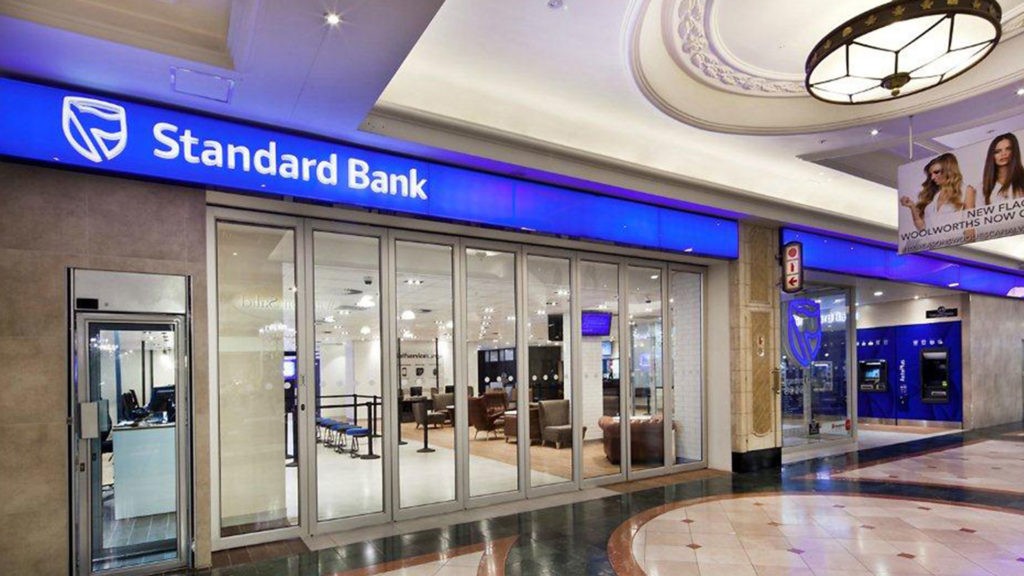Report Reveals Top 100 Banks In Africa. No Ugandan Bank features!
The Top 100 Banks survey that was conducted by African Business magazine has revealed Africa’s top 100 banks. The report, however, reveals that some banks have been excluded because data is old or information is unreliable. This would probably explain the absence of a single bank in Uganda.
Despite the decline of the rand and the sluggish state of the South African economy, Standard Bank Group remains top of our ranking and four other South African banks accompany it in the top 10.
South African banks still dominate the top of our rankings with five of the top 10 originating from there. They are facing contenders from Morocco and Egypt and this reveals to some extent the changing growth dynamics across African markets. The sluggish state of South Africa’s economy was reflected in a 14% decline in the dollar-rand exchange rate between December 2017 and 2018, adversely impacting the banks’ earnings once converted to US dollars.
The key East African banking market remains Kenya, which achieved 6% growth in local currency in 2018 and is forecast for 5.8% growth in 2019 with a heavyweight $99.2bn economy (measured by GDP at current prices). The region’s #2 is Kenya Commercial Bank (#29 in the continental ranking, up from #38, with growth in capital by 9% to $740m and assets up 13% to $6.1bn at December 2018). It is followed by Cooperative Bank of Kenya (#38 on the overall ranking, up from #42), then Diamond Trust Bank (#42, up from #51) and Equity Bank (#54, down from #52 as capital edged 3% lower to $430m and assets up 9% to $4.3bn, with very strong ROE at 38.4%).
All the leading banks are headquartered in Kenya while foreign-owned banks such as Standard Chartered, Barclays Bank and Stanbic Kenya are smaller by tier 1 capital and total assets. All of the banks have been chafing at a law that capped the interest rate on domestic lending. The effect has been to increase lending to lower risk borrowers, including T-Bills, and to slash funds available to small and medium-enterprises, while the banks also seek to boost non-interest income. Both KCB and Equity are in expansion mode outside Kenya.
Equity Bank Group chief executive James Mwangi says: “We’re going to be the largest bank in the Eastern and Central African region, with the possibility of expanding our balance sheet to beyond KSh1 trillion ($10bn) by the end of 2020.” The bank is finalising a $107m deal to buy a stake in Atlas Mara and take over its banking operations in Rwanda, Tanzania, Zambia and Mozambique. It is already in Kenya, Democratic Republic of Congo, Uganda, South Sudan and Ethiopia. In September 2019 it announced a deal to buy the Banque Commercial du Congo, the country’s second biggest bank, reinforcing its market share. It plans to be in 15 African countries by 2024.
KCB also wants to build to $10bn in assets by the end of 2022, and by mid-2019 was at $7.5bn. it has operations in Tanzania, Uganda, Rwanda, Burundi and South Sudan and as African Business went to press was still in process of taking over state-owned National Bank of Kenya which has assets of $1.1bn. Its next targets include Somalia, Mozambique and the DRC and it hopes to be in 10 African countries by 2020.
Sudan’s Bank of Khartoum remains at #8 in the region, although that is probably because numbers have not been updated since Dec 2017, after which the country has endured political and economic meltdown and the currency has crashed against the dollar. It is a top Islamic Bank and privately owned.
Tanzania is another exception to the region’s rosy prospects. Growth expectations have dropped after 6.6% GDP growth in 2018, with relatively lower 4% forecast in 2019 on a $61bn economy. Tanzania’s National Microfinance Bank has climbed to #66 in the Africa ranking with capital up 5% to $329m, and CRDB Bank is #70 on the Africa ranking, with capital up 3% to $308m but net profit down 19% to $28m.

